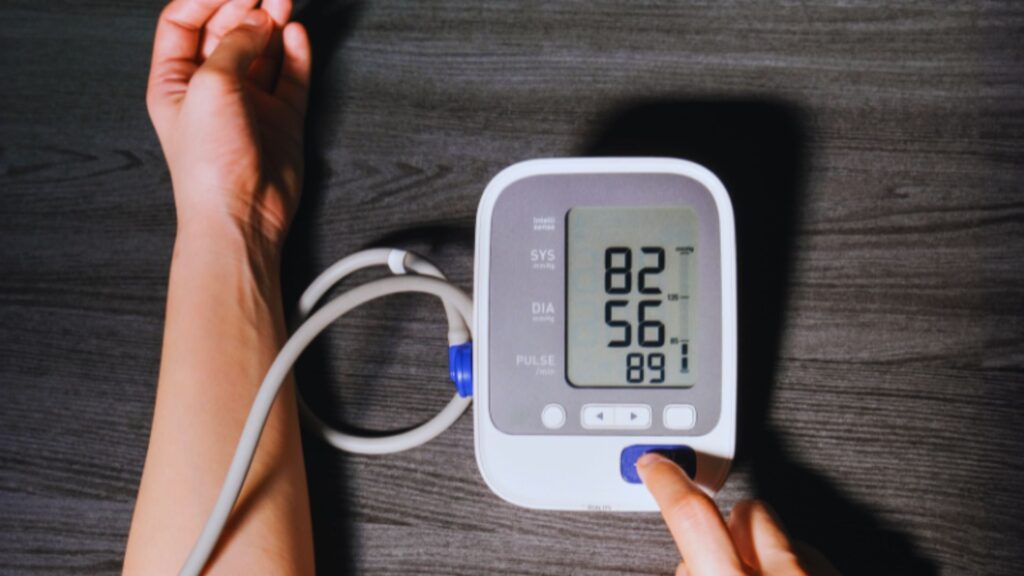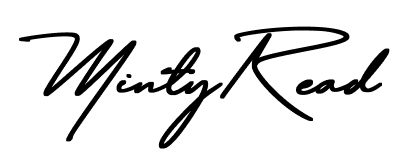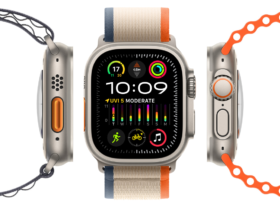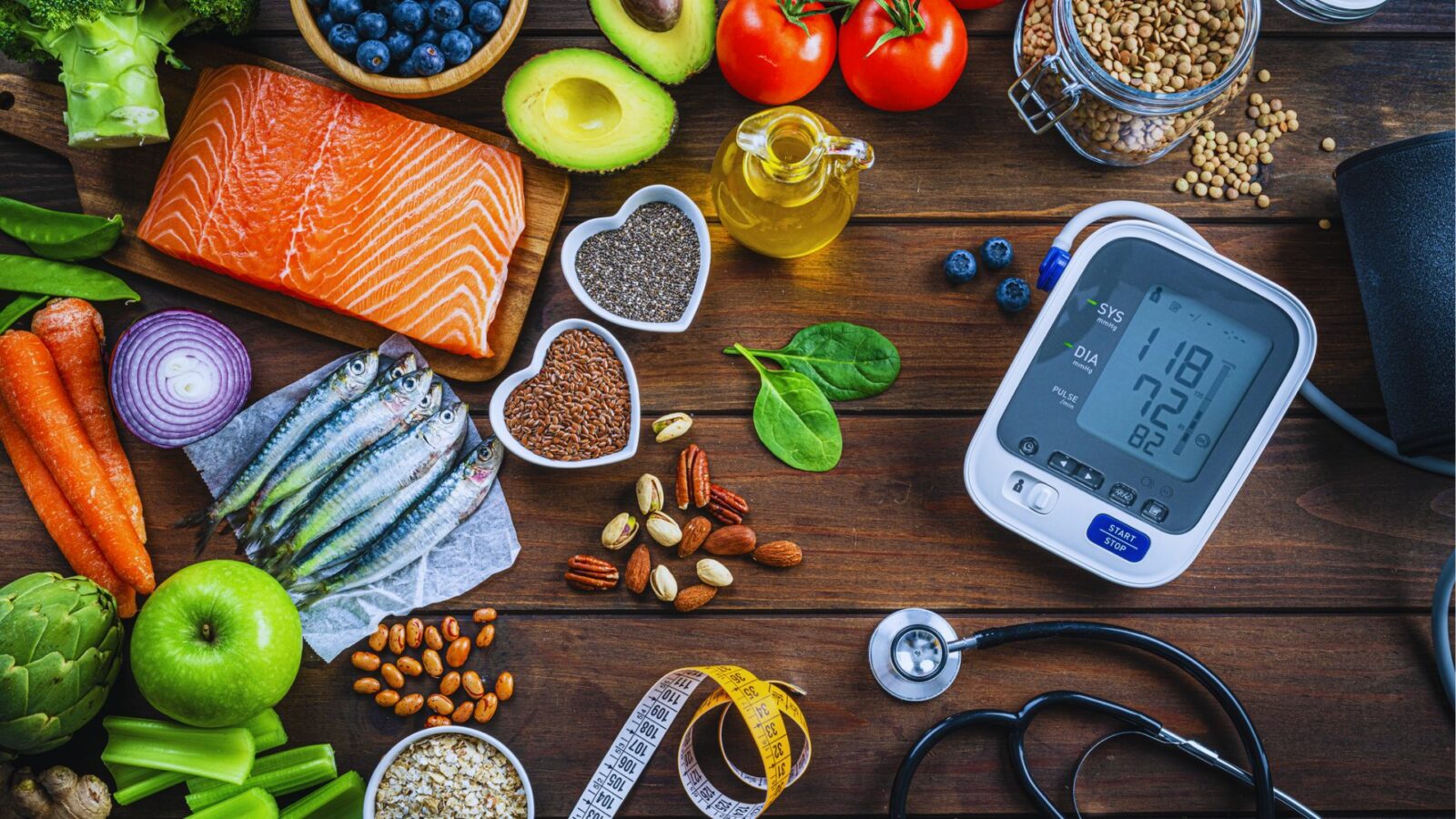Low blood pressure, medically known as hypotension, occurs when the blood pressure reading is lower than 90/60 mm Hg. While high blood pressure gets a lot of attention due to its association with heart disease and stroke, low blood pressure can also have significant health implications. For some people, low blood pressure may be a sign of excellent cardiovascular health, but for others, it can cause dizziness, fainting, fatigue, and in extreme cases, shock. If left untreated, it may lead to dangerous complications.
This blog covers the top 10 practical tips to help manage and alleviate low blood pressure.
1. Stay Hydrated
Dehydration is one of the common causes of low blood pressure. When you lose more water than you consume, your blood volume decreases, leading to a drop in pressure. Drinking plenty of water throughout the day helps maintain blood volume, supporting healthy circulation.
In addition to water, electrolytes like sodium, potassium, and magnesium are crucial for maintaining healthy blood pressure. These minerals play an important role in ensuring the proper function of cells and muscles. Drinking oral rehydration solutions (ORS) or sports drinks can help replenish electrolytes lost through sweating.
Tips for Staying Hydrated:
- Drink at least 8-10 glasses of water daily.
- Avoid excessive caffeine or alcohol, which can dehydrate your body.
- Include fluids like coconut water, broth, or fresh fruit juices to stay hydrated and energized.
2. Increase Your Salt Intake (But Moderately)
Unlike people with high blood pressure, those with hypotension may benefit from increasing their sodium intake. Sodium helps retain fluids in your body, thus increasing blood pressure. However, it’s essential to increase salt in moderation and consult a doctor before making significant dietary changes.
Salt-Rich Foods:
- Canned soups
- Salted nuts
- Cottage cheese
- Pickles
- Smoked fish
Excessive salt consumption can have harmful effects on the kidneys and heart, so it’s critical to strike a balance.
3. Eat Small, Frequent Meals
Low blood pressure after eating (postprandial hypotension) is common, particularly in older adults. Large meals can divert blood flow to the digestive system, causing blood pressure to drop in other parts of the body. To counter this, consider eating smaller, more frequent meals throughout the day instead of large portions.
Tips for Eating Smaller Meals:
- Incorporate healthy snacks between meals.
- Avoid heavy carbohydrates in a single meal, as they can trigger a sharp drop in blood pressure.
- Choose whole grains, lean proteins, and vegetables to keep energy levels stable.

4. Wear Compression Stockings
Compression stockings are often recommended for individuals with chronic low blood pressure. These special elastic socks help reduce the pooling of blood in the legs and prevent blood from stagnating, promoting better circulation throughout the body.
Benefits of Compression Stockings:
- Reduces swelling and pain in the legs.
- Enhances circulation.
- Can prevent dizziness, especially when standing up after sitting or lying down.
You can find these stockings at most pharmacies, but be sure to consult your healthcare provider about the appropriate type and compression level.
5. Avoid Sudden Movements
People with low blood pressure may experience a sudden drop in pressure upon standing up quickly, known as orthostatic hypotension. This condition can cause dizziness, lightheadedness, or even fainting.
How to Avoid It:
- Stand up slowly, especially after lying down.
- Sit on the edge of the bed for a minute before getting up in the morning.
- Avoid prolonged standing, which can cause blood to pool in the lower body.
If you do experience dizziness, try sitting or lying down immediately until the symptoms pass.
6. Add More Protein to Your Diet
A diet rich in protein can help maintain a balanced blood pressure. Protein aids in stabilizing glucose levels, which in turn can affect blood pressure stability. A lack of protein in the diet can lead to energy dips, potentially contributing to lower blood pressure.
High-Protein Foods to Include:
- Lean meats like chicken and turkey
- Fish and seafood
- Eggs
- Legumes and beans
- Nuts and seeds
7. Avoid Excessive Alcohol
While a moderate intake of alcohol may not directly affect blood pressure for some people, excessive drinking can lead to dehydration, which in turn can lower blood pressure. Alcohol is also a vasodilator, which means it can cause blood vessels to relax and widen, reducing blood pressure.
Tips for Managing Alcohol:
- Limit alcohol to occasional, moderate use (one drink per day for women and two for men).
- Drink water along with alcohol to maintain hydration.
- Avoid binge drinking, as it can cause a sharp drop in blood pressure.
8. Monitor Your Blood Pressure Regularly
It’s important to monitor your blood pressure, especially if you frequently experience symptoms of hypotension. Regular monitoring helps identify patterns and track how lifestyle changes are impacting your blood pressure. Home blood pressure monitors are widely available and easy to use.
Benefits of Monitoring:
- Early detection of any abnormalities.
- Helps in understanding which activities or foods affect blood pressure.
- Provides valuable information for your healthcare provider.

9. Eat a Balanced Diet Rich in Nutrients
Deficiencies in key nutrients like vitamin B12, folic acid, and iron can lead to anemia, which in turn can cause low blood pressure. A balanced diet rich in these nutrients can help prevent hypotension and support overall health.
Foods to Include:
- Leafy greens like spinach (for iron and folate)
- Red meat and liver (for vitamin B12 and iron)
- Citrus fruits (for folate and vitamin C to help iron absorption)
- Fortified cereals and whole grains (for essential nutrients)
If necessary, your doctor may recommend supplements to ensure you’re getting enough of these critical nutrients.
10. Get Enough Rest
Chronic fatigue and sleep deprivation can contribute to a drop in blood pressure. Ensuring that you get enough rest each night and managing stress effectively can help keep your blood pressure at a healthy level.
Tips for Better Sleep:
- Aim for 7-9 hours of quality sleep per night.
- Maintain a regular sleep schedule.
- Create a relaxing bedtime routine to help your body wind down.
- Avoid screens and caffeine before bed.
Conclusion
Dealing with low blood pressure requires a combination of lifestyle changes, diet adjustments, and regular monitoring. For some people, hypotension may not cause significant problems, while for others, it may lead to uncomfortable symptoms or even health risks. By staying hydrated, eating balanced meals, avoiding sudden movements, and managing your salt and protein intake, you can help alleviate many of the symptoms associated with low blood pressure. Always consult your healthcare provider for a personalized treatment plan, especially if your symptoms are persistent or severe.
Incorporating these top 10 tips into your daily routine can make a world of difference in maintaining healthy blood pressure levels and improving your overall quality of life.



















Leave a Reply